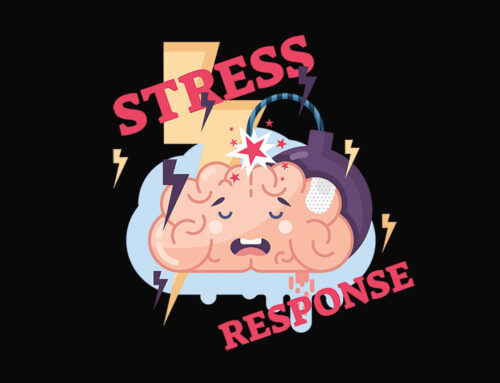Every generation since time immemorial has faced a signature stressor during the lifetime. 100 years back our forefathers had the Spanish Flu in 1918. Subsequently there was World War II, the Vietnam War, the Gulf War, the September 11, 2001 catastrophe followed by the Iraq and Afghanistan wars. Besides these, mankind is also faced with ongoing crisis, some minor and some major. Right now, the coronavirus pandemic is the biggest challenge facing us. The benefit of this as well as other crises is that these challenges afford us opportunities to learn and become more resilient to future stresses.
Different people deal with stress in different ways. Some are more resilient than others. Some become anxious and feel helpless. But the good thing is that resilience can be learned and incorporated in our minds so that any time there is stress to be dealt with, mental mechanisms come into being to neutralize that stress.
To understand the mechanism of resiliency, one has to be familiar with how human beings are. All of us are bestowed with two mechanisms that complement each other. One is the sympathetic nervous system which prepares us to meet the crisis by releasing adrenaline, which pumps up our hearts, increases respiration, and allows the liver to release more glucose for the muscles to function at high efficiency to enable us to run away from the crisis at hand. For example, when you see a snake, your sympathetic nervous system is activated enabling you to run away from the danger.
The function of another system known as the parasympathetic nervous system is opposite of the sympathetic system. It works through the vagus nerve that is spread throughout the body. Stimulation of this slows down the heart rate and respiration and tells the liver to relax and not release any more glucose. If these two systems work in unison, then we have a good physical and mental balance. We achieve what is known as “coherence” which enables us to have a mental balance, to think clearly and to efficiently execute any needed action. You can think of the sympathetic nervous system as being the accelerator in the car and the parasympathetic system as being the brakes. If the two systems work well and in cohesion, then your journey is smooth. However, if there is an imbalance, your journey is going to be rocky.
Sympathetic tone is quite high in most people because of difficulty in completely recovering from stresses of everyday life. As a result, the parasympathetic nervous system becomes weak. Most illnesses are caused by an imbalance of these two systems. Any genetic vulnerability you have, will be expressed; in other words, you will become more prone to diseases that you are genetically predisposed to.
It is incumbent on us to work on getting a good balance between the two systems and on increasing our parasympathetic tone. This is easily done by stimulating the vagal nervous system. A simple breathing exercise consisting of taking in a deep breath, holding the breath and slowly breathing out stimulates the diaphragm. The diaphragm moves up and down stimulating the vagus nerve which is spread well across the diaphragm. This increases the parasympathetic tone. At the same time, you focus on the area of your heart and think of a feeling of gratitude or a feeling of a happy moment in your life. This sends messages to your brain further enhancing the vagal tone. Doing this for 15 minutes twice a day for four or five weeks will make you an expert at getting your “inner balance” in your life. There are various apps available to help you with this.
Getting this balance between the two systems also increases the level of positive steroids in your body which increases your immunity and makes you more resistant to any attacks on your body and mind. I would therefore encourage you to take this simple step seriously and start working on increasing your resistance so that you become much more balanced to ward off any physical or mental threats to your body.
By Ashok I Khushalani, MD, DLFAPA
Adult and Child and Adolescent Psychiatrist and Personal Coach
Humble, Texas


